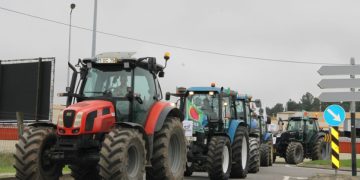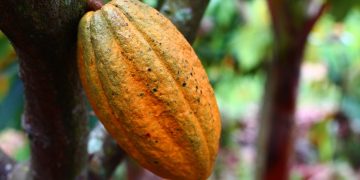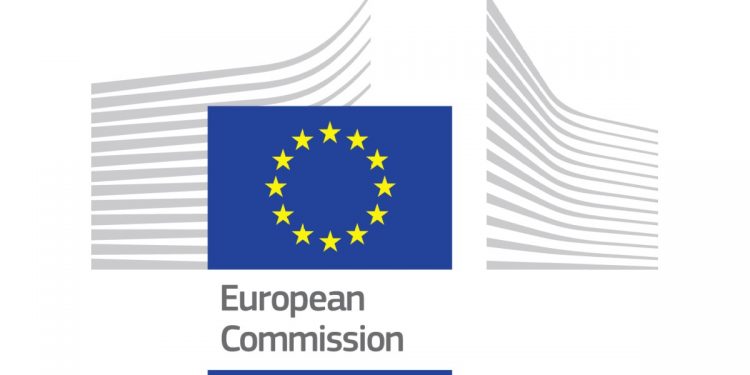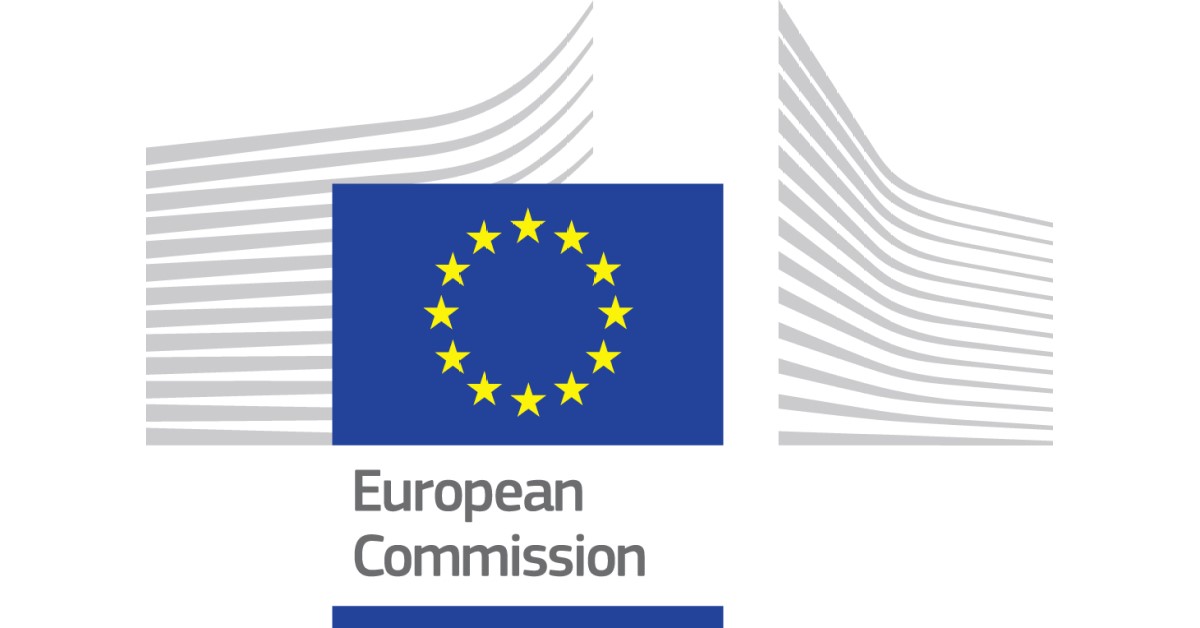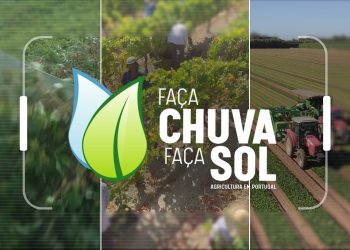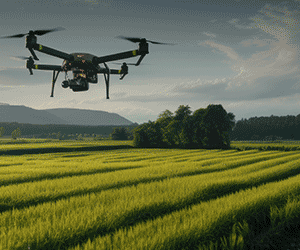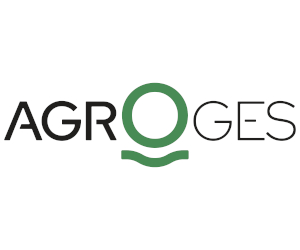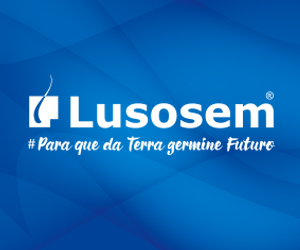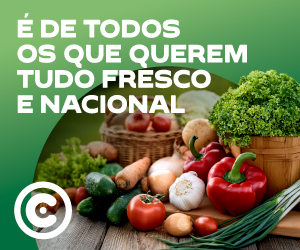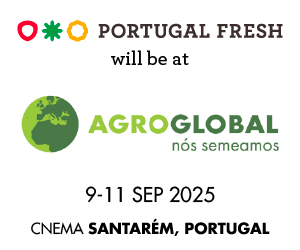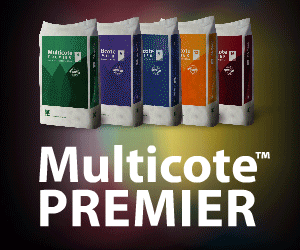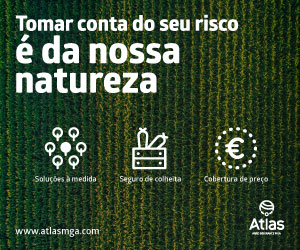Amid global uncertainties, EU agricultural markets remain generally resilient, with an increasing cereal production, a sharply recovering olive oil production, stable milk deliveries and firm output prospects for poultry. Fruits and vegetables show diverse developments due to adverse weather conditions; production prospects are on a downward trend for sugar, wine and, less so, for ruminants. Geopolitical instabilities, climate-related challenges, and evolution of trade policies of key global players, like the United States and China, pose threats to the stability of the global and EU markets.
This summer 2025 edition of the short-term outlook report for EU agricultural markets by the European Commission presents key fundamentals driving trends and their implications for EU arable crop, specialised crop, and animal products’ sectors.
Market fundamentals
In the context of an uncertain global economic outlook for 2025, with risks stemming from geopolitical conflicts and rising trade tensions, the outlook for the EU economy depicts a lower growth from previous forecasts, at 1.1% in 2025 and 1.5% in 2026. In the meantime, EU food inflation continues to be higher than general inflation (3.1% compared to 2.2% in May), although some stability – or even deflation – is observed for some categories of food products. Despite historically high levels, EU farmers have experienced stable input costs recently. Oil prices are expected to fall, though tensions in the Middle East could affect this. The appreciation of the euro compared to the US dollar could lower the costs of imported inputs, which would reduce the EU’s cost disadvantage compared to key export competitors. On the other hand, a stronger currency could make EU exports more expensive. Winter crops show promising yield prospects; a continued dry period could impact spring and summer crops.
Arable crops
The EU cereals production in 2025/26 is anticipated to rise by 4.1%, improving the trade balance, with exports up by 26% and imports down by 19%. The EU oilseeds production is expected to grow by 12% (driven by rapeseed and sunflower seeds), leading to an increase in vegetable oil production by 6%. The production of protein crops could decrease but remain above the 5-year average. In 2024/25, the EU white sugar production rose by 6.5%, thanks to expanded production areas. A potential 8% production decline in 2025/26 could lead to increased imports.
Specialised crops
EU olive oil prices dropped significantly by June 2025, reflecting a production recovery of 37%. The EU wine production is projected to hit a 20-year low in 2024/25, impacting exports while EU consumption continues declining. Driven by adverse weather conditions, the EU apple production could decrease by 4% in 2024/25, keeping prices high, while peaches and nectarines production could fall by 5.8%, leading to record imports. On the contrary, climatic conditions are favourable for the EU production of oranges which is set to increase by 4.6% from record lows in the previous season, with growth channelled into processing. The EU tomato production is expected to decline by 2.6%, particularly for processing, while fresh production remains stable but below the average.
Animal products
EU milk deliveries are expected to remain stable in 2025, supported by favourable grassland conditions, despite some country-specific variations and animal disease outbreaks. Stable demand in retail and food processing supports EU dairy prices. Overall, less pressure is expected on dairy farmer margins. A slight growth is expected in EU cheese production, although global competition could limit export growth.
EU beef prices stay historically high. With an expected production decline due to smaller herds, the EU supply could become tighter. This could limit export opportunities while imports increase. Meanwhile, the EU pigmeat production is projected to stay stable, enjoying steady demand. On the other hand, the EU poultry production is anticipated to rise (by 1.8%), as demand continues growing, supporting EU prices. Imports could prove challenging given the disease status of some traditional third country sources. Finally, the EU sheep and goat meat production could decline by 2%, leading to declining meat exports and increasing imports amid high prices resulting from tight supply and stable demand.
Updated balance sheets are available in the latest short-term outlook report and are also in the Agri-food data portal.
O artigo foi publicado originalmente em Comissão Europeia.


